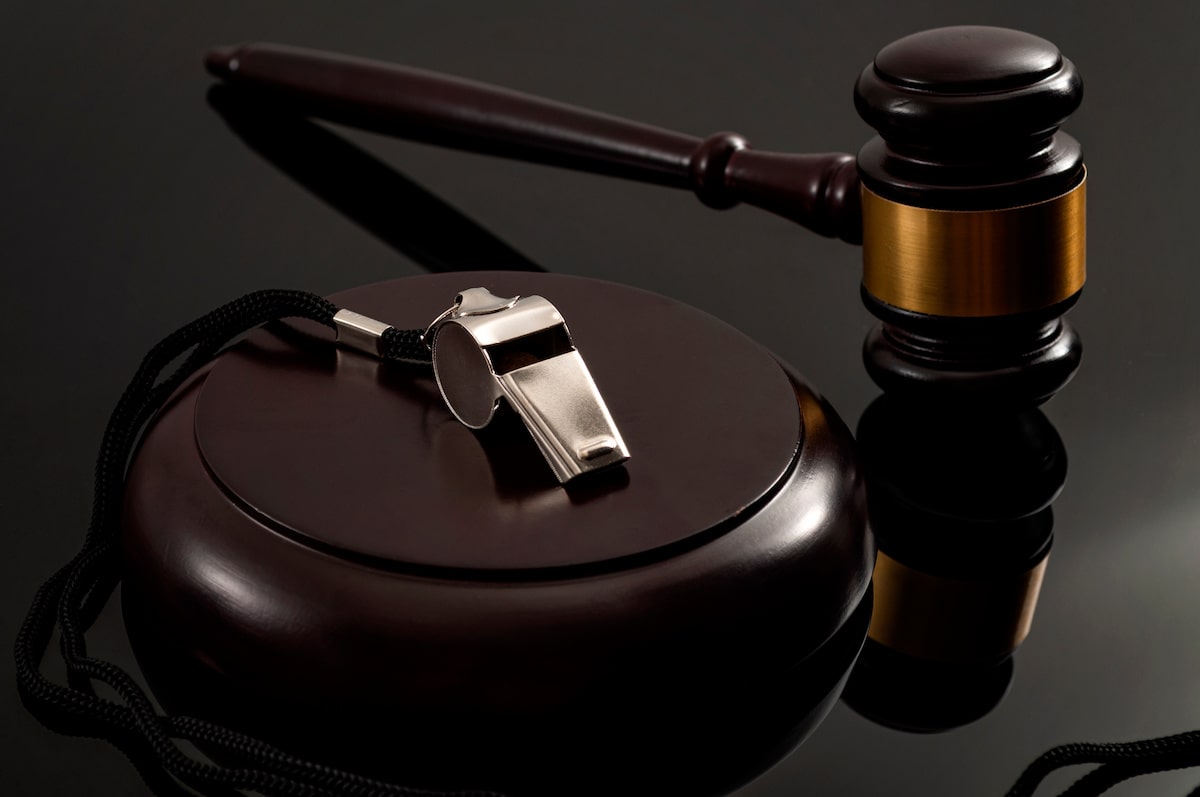The current volcanic activity in Hawaii is sure to have many homeowners wondering if they are covered by their homeowner insurance policy in the event of a volcanic eruption. Like hurricanes and tornados, volcanos are a peril that certain areas are subjected to. Volcanic eruptions are powerful, destructive, and often unpredictable. Although there is little that can be done to protect property from damage if a volcanic eruption occurs, homeowners can prepare themselves for the aftermath by maintaining property insurance.
Certain damage caused by volcanic eruptions is covered by many homeowner insurance policies. Most homeowner insurance policies cover loss caused by volcanic eruption when it is the result of a volcanic blast, airborne shockwaves, ash, dust, or lava flow. Fire and explosion resulting from volcanic eruptions are also covered. If the volcanic eruption causes an earthquake or other earth movement, however, those damages are typically not covered. Earthquake insurance can be purchased as a separate endorsement to protect against the tremors that inevitably occur before, during, and after the volcanic eruption.
As stated above, insurance policies often provide coverage for lava flow; however, the distinction between liquid lava and hardened lava is important. If the lava is fresh and still in a liquid state, the earthquake exclusion does not apply, and the damage is most likely covered. However, if the lava has solidified and formed igneous rock, the earthquake exclusion applies, and any resulting damage is not covered, unless there is an endorsement providing coverage.
Damage to landscaping is typically not covered. The removal of ash from land or personal property is also usually excluded, unless the ash first caused direct physical loss to the personal property.
Volcanic water and mud, also known as volcanic effusion, is not covered under most homeowner insurance policies. Volcanic effusion is, however, covered by flood insurance. Flood insurance is obtainable through the National Flood Insurance Program.
In the aftermath of a volcanic eruption, homeowners should check the property for damage, taking notes and photographs, and report the damage to their insurance company. Homeowners should mitigate their damages and perform temporary repairs if necessary to keep the damage from worsening. No permanent repairs should be performed until the insurance company has had an opportunity to inspect the property. Homeowners should keep copies of all receipts or invoices for work performed. If contents were damaged, the homeowner should prepare a list of the damaged items to submit to the insurance company. Homeowners may also be able to recover any costs incurred as a result of being displaced from their homes. Any related receipts or expenses should be provided to the insurance company.
Homeowners should read their policies and purchase any additional coverage they may need to protect themselves before a disaster strikes.



